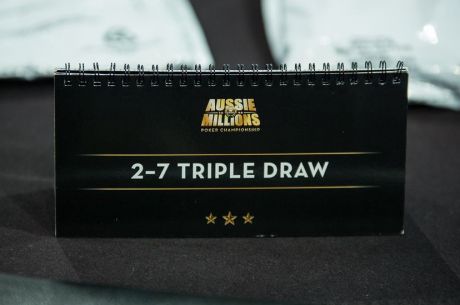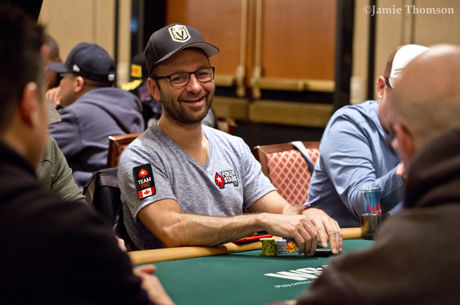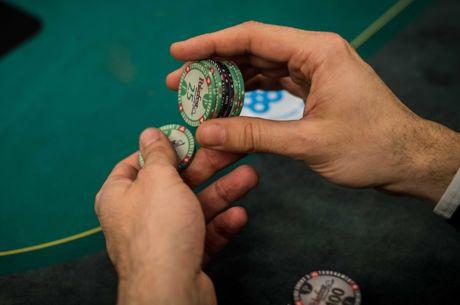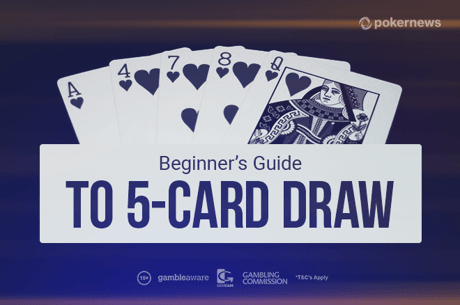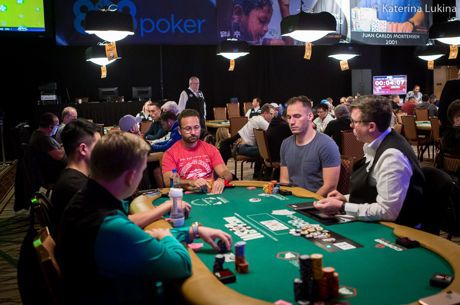WSOP Mixed Games Strategy: Deuce-to-Seven Triple Draw
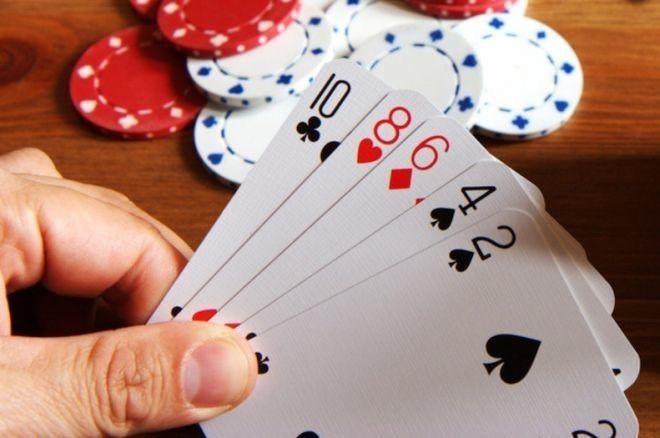
Ed. note: The 2018 World Series of Poker is fast approaching. In order to get ready, over the next few weeks we're again sharing author Ken Lo's strategy advice for games other than no-limit hold'em.
In this series, I am discussing some of the poker variants other than no-limit hold'em you'll probably hear about during coverage of this year's World Series of Poker. If a game piques your interest, think about taking some time to explore it further. Who knows �� you just might find a new game to love!
Deuce-to-Seven Triple Draw
Deuce-to-seven triple draw is the only draw game featured in the popular eight-game mix along with the five fixed-limit "H.O.R.S.E." games, no-limit hold'em, and pot-limit Omaha.
In addition to the two 2-7 triple draw events on this summer's WSOP schedule (Event No. 22), there is an eight-game mix event and the $50,000 Poker Players Championship that also uses the eight-game mix format. 2-7 triple draw additionally turns up in the Mixed Triple Draw Lowball event and the two Dealers Choice events.
Poker players who are only just starting to take up games other than no-limit hold'em typically find deuce-to-seven triple draw challenging. Not only do new players need time to get accustomed to a different hand ranking system, but 2-7 triple draw is likely the first game played in a draw format that mixed game novices today will learn.
Even so, 2-7 triple draw is perhaps one of the most fun and interesting variants to play, with many pros ranking it as a favorite non-NLHE game.
Hand Rankings
The object of 2-7 triple draw is to make the lowest five-card hand possible. The hand ranking system used in this game is the same as that used in 2-7 no-limit single draw as discussed in my previous article. In all "deuce-to-seven" games, the Ax plays as a high, undesirable card. Also, straights and flushes count and are therefore also unwanted since the objective is to make the lowest possible hand.
Thus, the best hand in any 2-7 game is 7x5x4x3x2x with at least two suits represented. This hand is made up of the five lowest-ranked cards that do not form a straight.
Play of the Hand
In 2-7 triple draw, there are four betting rounds and, as the name of the game suggests, three opportunities to draw.
The betting is fixed, with a low limit bet associated with the first two betting rounds and a high limit bet associated with the last two. For example, in a game with limits identified as "50/100," the low limit bet is 50 and the high limit bet is 100.
A button is also utilized, which moves clockwise around the table just as in hold'em. Small and big blinds are posted before the deal, with the big blind being the same amount as the low limit bet.
Basic Strategy Tips for 2-7 Triple Draw
When we discussed 2-7 NL single draw before, we noted how strong �� and rare �� 7-high and 8-high hands were in that game. It would not be uncommon to see but a handful of these hands shown down in 2-7 NL single draw during any given session, if any at all.
The reason it is so difficult to make such hands in 2-7 NL single draw is obvious �� the probability of being dealt one from the outset is extremely low, and it is very hard to improve to one of them with the benefit of only a single draw.
However, when players have three chances to improve to a stronger hand by drawing as they do in 2-7 triple draw, the strength of hands that potentially will be shown down substantially increases. In fact, in multi-way pots, one can expect to see 7-high hands tabled quite often, and it is not that surprising to see the best hand �� 7x5x4x3x2x (a.k.a., a "wheel" or a "number one") �� made with a decent frequency.
As a general guide, consider aiming to make an 8-high or better hand at the outset, and preferably a hand headed by an 8-6 or better particularly when facing multiple opponents. Ideally, you would be drawing at most two cards on your first draw toward such a hand.
It is also highly preferable that you hold a deuce. A deuce is a critical component of almost all the top hands that can be made in the 2-7 ranking system; in fact, only four of the top 20 hands do not contain a deuce.
While a good 8-high or better hand may be a worthwhile initial goal, be aware that as more draws are exhausted, it becomes harder to make strong hands if you still need to draw to improve. Therefore, although you might be intent on making a strong 8-high or better hand at the start, you may need to make adjustments midway through the hand, particularly when you expect all your opponents still to be drawing as well.
For example, if you hold a 9-high hand and there is only one draw remaining, and it appears your opponents will still be drawing, you may be better off keeping the 9-high hand and hoping for the best. On the other hand, if an opponent has already stood pat (i.e., the player chooses not to draw any cards on the last round) with what you expect to be a hand better than 9-high, you have a strong four-card holding supporting the nine, and the pot is large enough, you should consider discarding the nine and drawing again.
As a further example, against a single opponent who may still be drawing, it may even be correct to stand pat with a 10-high or J-high hand, rather than trying to improve to a better hand with only one draw remaining.
Occasionally you will find yourself still needing to draw on a later round to make a decent hand, facing one or two opponents who are also drawing but who have the tendency to fold on the final betting round whenever they fail to make very strong hands. In these scenarios, you might also consider "snowing" as an alternative to drawing �� that is, standing pat on the final (or earlier) draw, and continuing to bet in order to represent having made a strong hand even though you do not actually hold one.
This type of bluff, when used judiciously and against the right opponents, can be highly effective at taking down pots in situations where improving to a strong hand by drawing is unlikely.
Ken Lo is the author of A Poker Player's Guide to Mixed Games: Core Strategies for HORSE, Eight-Game, Ten-Game, and Twelve-Game Mixes, He is based in Toronto, Canada. Follow him via the book's Facebook page and on Twitter @ppgmg.
Photo: "Bluff for the win," Jun, CC BY-SA 2.0.
In this Series
- 1 WSOP Mixed Games Strategy: Limit Omaha Hi-Lo Split (Eight-or-Better)
- 2 WSOP Mixed Games Strategy: Razz
- 3 WSOP Mixed Games Strategy: No-Limit 2-7 Single Draw
- 4 WSOP Mixed Games Strategy: Deuce-to-Seven Triple Draw
- 5 WSOP Mixed Games Strategy: Badugi
- 6 What is Dealer's Choice Poker? 20 Different Games (Finally) Explained

